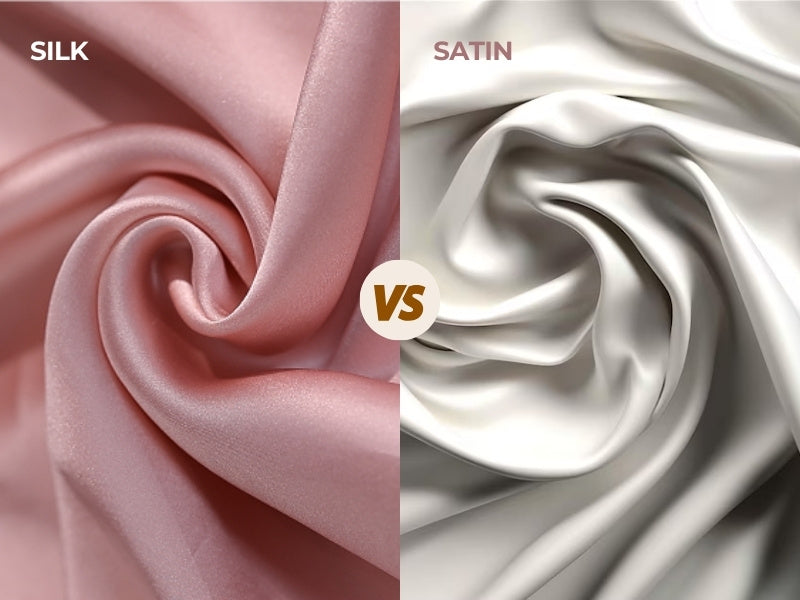Silk Road: A Legendary Route Woven from Silk
Table of Contents
The name itself evokes images of desert caravans and distant empires, but why was it called the Silk Road? It is because this network of trade routes, which connected the East and West for centuries, was pioneered and defined by one extraordinary commodity: silk. A fabric so luminous, strong, and exquisite, it was once weighed against gold and became a symbol of status and imperial power, its creation a jealously guarded secret of ancient China for millennia.
The Overland Route: A Trail Blazed by Silk
The story of the Overland Silk Road famously begins with the Western Han Dynasty (206 BC - 23 AD). Emperor Wu dispatched the envoy Zhang Qian to the Western Regions, an audacious journey that ultimately forged a path connecting the capital, Chang'an (now Xi'an), all the way to the shores of the Mediterranean. While many goods traversed this path, it was the insatiable demand for Chinese silk in empires like Rome that fueled its expansion. For the nobility and wealthy merchants of the West, being cloaked in the same material once reserved for emperors was the ultimate luxury, rooted in the unique story of how silk was made. The desire for these timeless silk garments became a powerful driver of history, a testament to the fabric's universal appeal.

The Maritime Route: Silk on the High Seas
Complementing the overland trails, the Maritime Silk Road began to take shape as early as the Qin (221-206 BC) and Han Dynasties. Centered on the South China Sea, this network of sea lanes offered an alternative route for trade. From the ports of ancient China, ships carried silk, porcelain, and tea to Southeast Asia, India, and the Arabian Peninsula. This maritime channel flourished through subsequent dynasties, becoming a bustling highway for commerce and proving that the allure of silk could conquer not just deserts, but also oceans.
Beyond Commerce: A Tapestry of Culture
The Silk Road was far more than a commercial highway; it was a conduit for ideas, technologies, religions, and art. As lustrous silk flowed westward, philosophies like Buddhism traveled eastward into China. This profound cultural fusion is immortalized in stunning sites like the Dunhuang Mogao Grottoes. The breathtaking murals within depict figures adorned in elaborate silk attire, showcasing the fabric's integral role in spiritual and courtly life, and reminding us of its deep connection to beauty and human creativity.
The Enduring Legacy: From Ancient Treasure to Modern Wellness
On June 22nd, 2014, the "Silk Road: the Routes Network of Chang'an-Tianshan Corridor" was inscribed as a UNESCO World Heritage site. The story of the Silk Road is a story of connection, sparked by a universal desire for a material that represents beauty and refinement.
Today, we no longer need to wait for caravans to experience its magic. The legacy of silk lives on, woven into our daily lives as a form of self-care and quiet luxury. The ancient reverence for this gentle, skin-friendly fiber finds its modern expression in the simple ritual of resting on a silk pillowcase at the end of the day. The legend that was woven in silk threads thousands of years ago continues to captivate us, a timeless and tangible link to a story of human ingenuity and enduring elegance.
![[Light Blue] SilkSilky Pure Silk Notch Collar Women's Pajamas 001,](http://silksilky.com/cdn/shop/files/ab83afb9301666ee2f174a8ae72ffda4_4e9bb488-7880-40fe-9e69-f0fd823857c5.jpg?v=1764653199&width=1200)
![[Light Blue] SilkSilky Pure Silk Notch Collar Women's Pajamas 002,](http://silksilky.com/cdn/shop/files/db8dbeee5354fe3b631b963715847ffe.jpg?v=1764653202&width=1200)
![[Dark Red] SilkSilky Pure Silk Notch Collar Women's Pajamas 001,](http://silksilky.com/cdn/shop/files/599ed0811e1a5fcfa55bdc80a0279704_2643c850-a793-4475-a52b-7fef1bbd7e36.jpg?v=1762233837&width=1200)
![[Dark Red] SilkSilky Pure Silk Notch Collar Women's Pajamas 002,](http://silksilky.com/cdn/shop/files/9e022d4dd4f99aed4af8da3f58fcfd5b_efb9bafe-3d71-4283-9b81-e339ff08f352.jpg?v=1762233837&width=1200)
![[White] SilkSilky Pure Silk V Neck Nightgown 001,](http://silksilky.com/cdn/shop/files/a8ae95260a57844b1e2e00c4fcfabdcc_b922b270-af10-4e96-9493-0d877bd663db.jpg?v=1764140639&width=1200)
![[White] SilkSilky Pure Silk V Neck Nightgown 002,](http://silksilky.com/cdn/shop/files/24ac506750f8c38c51bb5b6d0ee15287.jpg?v=1764140639&width=1200)
![[Pink] SilkSilky Pure Silk Sleep Cap 001,](http://silksilky.com/cdn/shop/files/SilkSilky_Pure_Silk_Sleep_Cap_Pink_001_C-250529006.jpg?v=1762221980&width=1200)
![[Pink] SilkSilky Pure Silk Sleep Cap 002,](http://silksilky.com/cdn/shop/files/SilkSilky_Pure_Silk_Sleep_Cap_Pink_002_C-250529006.jpg?v=1762221980&width=1200)
![[Steel Blue] SilkSilky Pure Silk Notch Collar Women's Pajamas 001,](http://silksilky.com/cdn/shop/files/05b358f92fb5d252122b00d69a2fcfc5_88211a42-88c4-4448-8cb3-5f18529bfef8.jpg?v=1762237226&width=1200)








